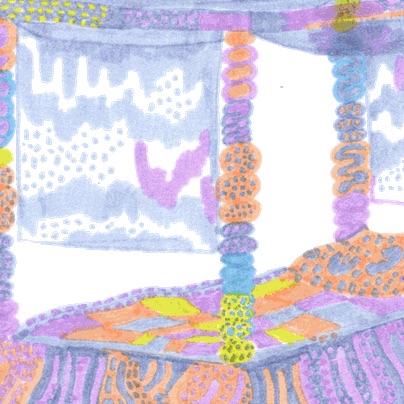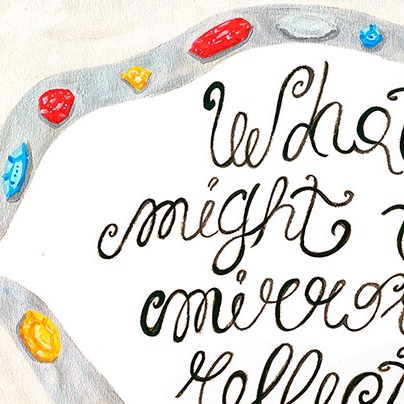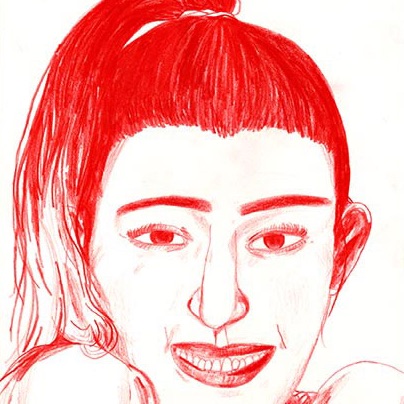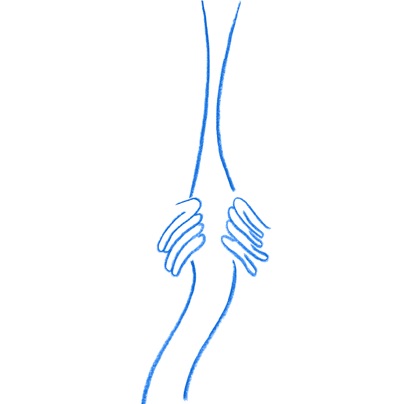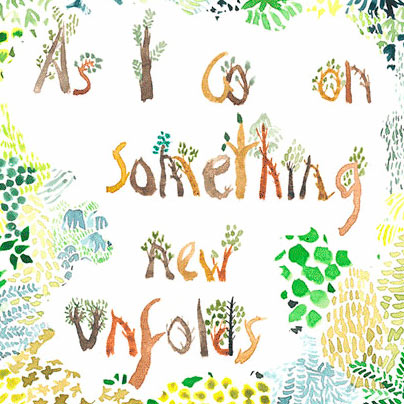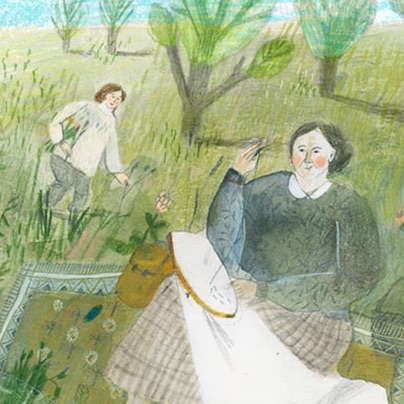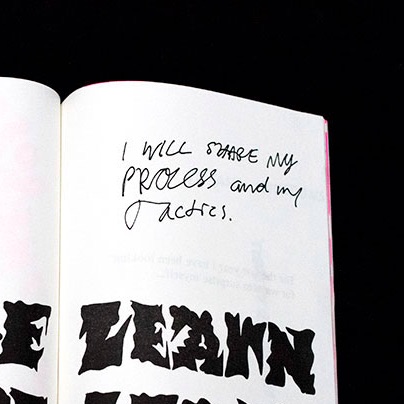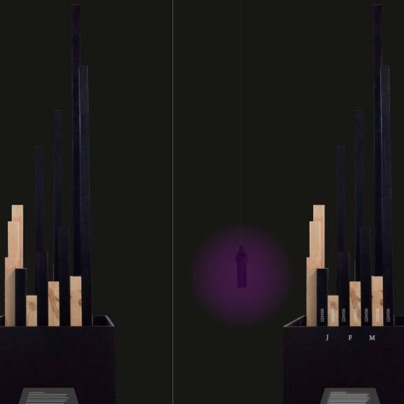Master
About Visual Communication
The reason for this approach to education is simple. We are all co-dependent at the end of the day and if we didn’t use education as a way to expand what is already known, we couldn’t relate and respond to a transforming society where the unthinkable can become reality overnight.
In 2015, the Oxford English Dictionary’s word of the year was in fact not a word; it was an emoji, a face with tears of joy. We could repeat endlessly that Visual Communication is the fastest growing language in the world (and we do). But how do we digest such a shift? How do we fully grasp what it means, not only to the field of Visual Communication, but to society at large?
Our graduating students know. During their two years of advanced studies, they did not only develop their capacity to take control of the answers, but also the questions. And eventually we started to learn from them — every day and beyond what we could imagine.
So call them in! Call them in for research, for jury’s and committees, for panel discussions, for keynote talks, for interviews, for teaching, for feedback, for advisory boards, for decision making, for making illustrations, for making graphic design, for making graphic novels, for making children’s books, for making complex data legible and reviewable, for making data emotional, for making patterns, for making films and animations, for making campaigns, for making art direction, for making auto-generated systems, for making analogue systems, for making interactions, for making new printing techniques, for making tools for making… Call them in for challenges you didn’t even know existed!
Joanna Rubin Dranger, Professor of Illustration
Johanna Lewengard, Professor of Graphic Design


